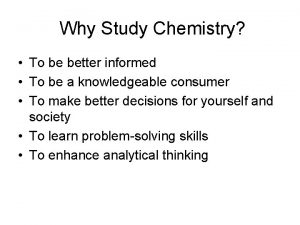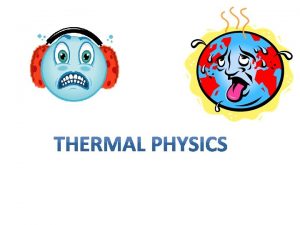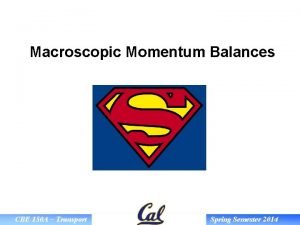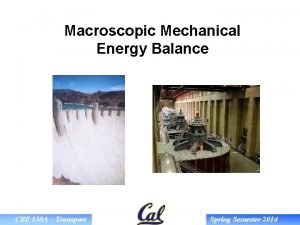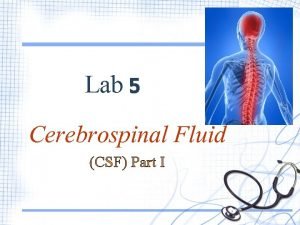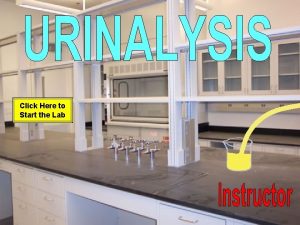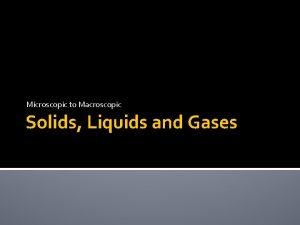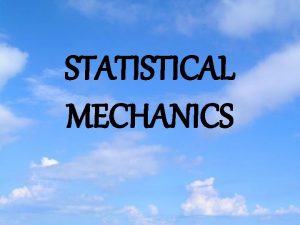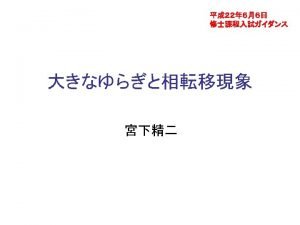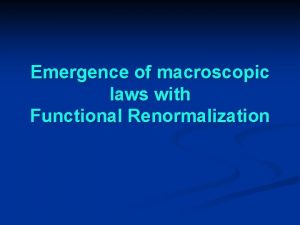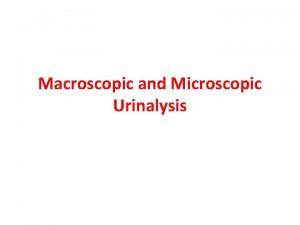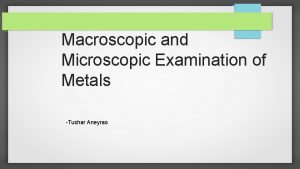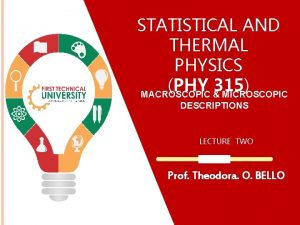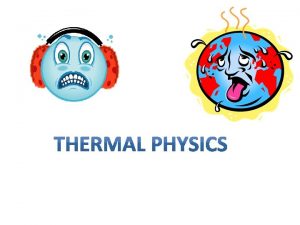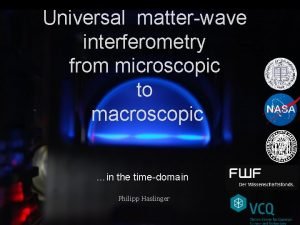Macroscopic and microscopic Considered at molecular level Microscopic










- Slides: 10

Macroscopic and microscopic Considered at molecular level Microscopic, temperature T Without taking events at molecular level , Macroscopic Volume , V System and control volume energy ene Closed system : no mass interaction, only energy Open system: mass + energy interaction Isolated system : no mass + no energy syst m=fixed System approach: concentrates on a fixed mass Control volume approach: focuses on mass and energy flowing across a control surface Thermodynamic properties: Every system is described by a physical condition- called property: For example: P, T V, u s, h, by defining any two property we can fix the state of the system. When the property changes then the system is said to be in a changing state or transient state. Path of change of state = process p v p Cyclic process v Intensive property: Independent of mass P , T Extensive property: depends on mass vol, energy v, h, u

Phases of a system : 3 phases: solid, liquid and gas System in single phase homogenous More than one phase heterogeneous Thermodynamic equilibrium (TE): A system is in TE when no change occurs in macroscopic properties This can only happen when : mechanical, chemical and thermal Equilibrium exists Quasi-static process: An almost static process, means a very slow process 1 If weights are removed suddenly then the gas goes from state 1 to 2, p v 2 But the intermediate states are not in TE. If the weights are removed slowly, one after the other, then the gas changes its state slowly and the intermediate states are in TE which is shown in the picture. A quasi-static process is a reversible process. Zeroth law of thermodynamics: If body A is in TE with B and separately with C then body B and C are in TE

Energy interaction wo heat rk Closed system energy interaction : By two ways, heat and work Mechanical work: F. ds = w; work done by a system is conceived to be +ve Work done on the system is conceived to be –ve work Pdv work or displacement work: P 2, v 2 P 1, v 1 Thermodynamic properties are point functions. Work and heat are not thermodynamic property, since they depend on the path in which the system travels.

Putting a unit flow Rate into the system flow box Free expansion: vacuum Gas in pressure Heat transfer: is a form of energy transfer across the boundary of a system by virtue of temp difference ve Q + sys Q -ve Heat added to the system is termed as +ve Heat taken out or released from the system is termed as –ve

First law of thermodynamics Work and heat to a system will cause the same effect since they are both energy First law for a closed system undergoing a process: sys q 1 w First law for a cyclic process 2 enthalpy = h = u+pv definition

Energy equation for a control volume CV cv Assume property in the CV is uniform (Zero for steady state) Unsteady state energy Equation for a CV The most general form of the energy equation for a CV normally used in solving Thermodynamics problems of any kind

N 2 Example -1 Tank Initially empty V=50 m^3 N 2 at 300 K, . 5 MPa is put to a turbine. The turbine Operates to a tank pressure of. 5 MPa where the temp is 250 K. Find the turbine work if the entire process is adiabatic hi=enthalpy(n 2, t=300) U 2=intenergy(n 2, t=250) V 2=volume(n 2, t=250, p=500) M 2=50/v 2 EES should solve it

Steam at a pressure of 15 bar, t=320 C is supplied from a very large vessel to Example -2 a turbine through a valve and the exhaust of the turbine is connected to a . 6 m^3 tank which is initially empty. The valve opens and the turbine does work and the steam gets stored in the smaller vessel. If the entire process is adiabatic then find the work given by the turbine? hi=enthalpy(steam, p=1500, t=320) v_tank=. 6; m 1=0 v 2=volume(steam, p=1500, t=400) m 2=v_tank/v 2 mi*hi=wcv+m 2*u 2 m 2 -m 1=mi u 2=intenergy(steam, p=1500, t=400) We have the same equations like example-1 Only the fluid has changed

Example -3 A main supply line in which water flows at 320 C, 150 MPa, is connected through a valve to an elastic and adiabatic balloon, which exerts on its contents a pressure that is proportional to its volume. At the beginning of the process the volume of the balloon is zero. The valve is opened and 5 kg of water enters the balloon. The valve closes when the pressure in the balloon is 0. 8 MPa. Determine the state in the balloon at the end. hi=enthalpy(water, p=150000, t=320) mi=5; m 2=5 u 2=intenergy(water, p=p 2, v=v 2); p 2=800 mi*hi=wcv+m 2*u 2 wcv=p 2*v 2_ac/2 { p and v are linearly related} v 2=v 2_ac/m 2 t 2=temperature(water, p=p 2, v=v 2) Water 150 MPa, 320 C

Example-4 Tank comp w v_tank=. 28; t 1=21; p 1=100; m 2/m 1=mr v 1=volume(air, t=t 1, p=p 1) m 1=v_tank/v 1 mi*hi=m 2*u 2 -m 1*u 1+wcv mi=m 2 -m 1 u 2=intenergy(air, t=t 2) t 2=temperature(air, p=p 2, v=v 2) u 1=intenergy(air, t=t 1) hi=enthalpy(air, t=t 1) p 1*v 1^1. 4=p 2*v 2^1. 4 v 2=v_tank/m 2 Solve through a parametric table
